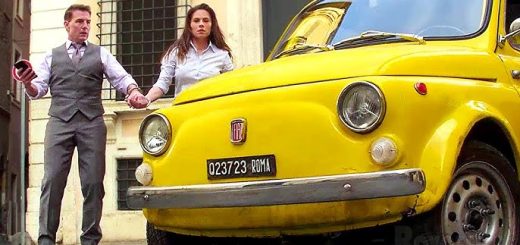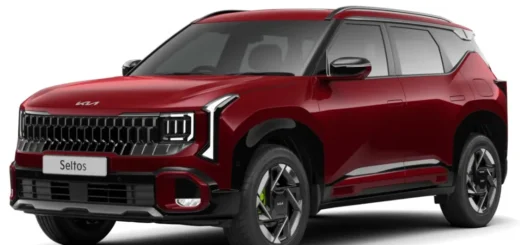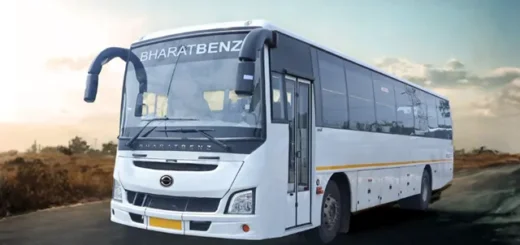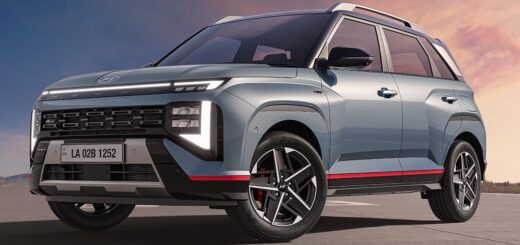Popemobile: More than just a ride; an enduring cultural significance
The Popemobile remains as a powerful and mass-appealing symbol reflecting the values and identity of the papacy, a testament to its enduring cultural importance even in today’s modern age.
The arrival of the Popemobile – the vehicle used by the Pope for his public appearances – has always been a moment steeped in symbolism, greeted with the roar of the crowd and the flashing of cameras. Today, the Pope Leo XIV embarked on his first popemobile ride in St. Peter’s Square at the Vatican City before thousands of people, marking the “public” start of his papacy.
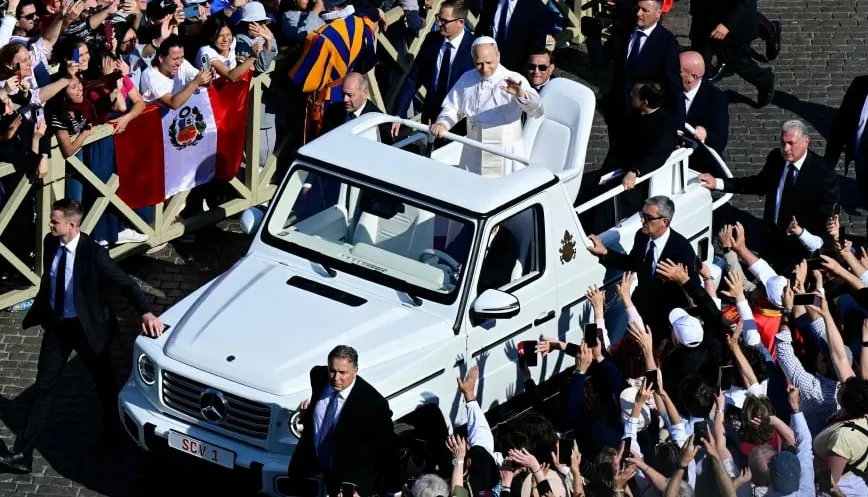
The extensive coverage of this event by news media and its reverberations across social media affirms popemobile as an important symbol of the Vatican authority. Its cultural significance has evolved over times, reflecting the changing society and roles of the papacy. These vehicles also represent a symbolic connect between the supreme Catholic pontiff and the masses.
Ever since the ascension of Leo XIV, the first American-born Pope, there has been a distinctive “modern” twist in the cultural significance and symbolic relevance of the popemobile. As the world is curious on his choice of popemobile, a playful yet pointed question echoed across social media – Will the new pope’s choice of vehicle reflect his roots in this Trumpian era of ‘American’ rhetoric?
People asked if he would choose an American car, perhaps a Hummer or a Cadillac. Or a simple Chevrolet Suburban would do, if he chooses to be humble as his predecessor Pope Francis? Even pope is not sparred from proving his ‘American’ loyalty, wondered a social media user. These are not just car buffs who are interested in the pope’s choice of wheels, to clarify. Many believe that the popemobile is an essential part of the Pope’s official stature and persona, just like his attire or speech.
Enduring cultural significance
This intriguing intersection of papal tradition, national identity, and contemporary political discourse adds a fascinating new layer to the enduring cultural significance of the popemobile. One can trace its evolution from the traditions of the Pope’s lavish portable ceremonial throne ‘sedia gestatoria’ since the 14th century to the present day’s all-electric, custom-built Mercedes-Benz G-Wagen (G580 EQ) that Pope Leo XIV used for today’s road show.
First things first, the term ‘popemobile’ is more of a colloquial adaptation than an official designation. It is not just one ‘official’ car at the Vatican, but is applicable to any number of specialty vehicles designed for the Pope’s public appearances. The term is also extended to any regular cars that Pope uses in his trips both within and outside of Vatican.
Also Read: FIAT and the world of cinema: The ‘Italian’ cultural connect
The advent of motorized vehicles in the early 20th century marked a turning point. In fact, the obsession of the masses with the popemobile began only in 1980s, as these cars emerged as powerful and iconic symbols representing the papacy’s modernization. Given that there was no formal papal decree, the Roman curia began selecting appropriate popemobile for each instance, considering practicality, security, speed concerns and preferences of the chief pontiff.
For instance, open-top vehicles were usually preferred, thanks to their practicality in allowing the Pope to greet and bless the crowds, drawing from the traditions of papal carriages. The Nurburg 460 Pullman (Mercedes W08), which is regarded as the first “official” popemobile, was also a roof-down convertible. However, the attempted assassination of Pope John Paul II in 1981 irrevocably altered the popemobile’s design and built as “bullet-proof” with glass walls.
Expression of values
Furthermore, the Popemobile often becomes intertwined with the specific papacy it serves. Each Pope, while utilizing vehicles designed for safety and visibility, also incorporate elements that reflect their personality or priorities. The choice of vehicle does subtly communicate certain values and messages to the world.
A perfect case in point was Pope Francis. In place of upscale and specially-designed vehicles, he had a preference for simpler cars. He drove around in small cars such as 1984 Renault 4 and Ford Focus within Vatican, while his vehicles during outstation trips included Fiat 500L, Fiat Idea, Kia Soul, Dacia Duster, Isuzu D-Max and so on.
Once, the Italians reportedly gifted him a Lamborghini Huracan V10, which was put up in auction right away for charity. In his final days, he is said to have donated one of his “official” popemobiles, most likely one of the Mercedes-Benz G-Wagen, as a modified health clinic for the children of Gaza affected in the on-going conflict.
The point is that the Pope’s choice of cars and charity gestures was seen as an emphasis on his humility, simplicity, and solidarity with the masses. His popemobiles became the tangible expressions of his core values, leaving an indelible mark on the symbolic language of his papacy. His followers saw it as a clear message of the Church to prioritize service and over worldly grandeur.
Also Read: How Private Cars Threaten Democracy And Citizenship?
Moving on, it is also interesting to note that Mercedes-Benz enjoys a long-standing tradition of providing popemobiles to the Vatican, a relationship that spans nearly a century. The legendary brand is traditionally known for its rich heritage and opulence in terms of high-end luxury, technology and customizations. We don’t clearly know if the Roman curia has any long-standing preference to the German luxury brand, as Popemobiles are usually donated by the companies on their own.
However, it can be argued that such posh cars are chosen to reinforce the social status and prestige of the papacy, something that sets itself apart from the commons. This has been the tradition right from the beginning, so that social status and sanctity (of the papacy) is guarded from the ordinary. Baring security and practical considerations, such high-spec custom vehicles are perceived by many as extravagant, effectively disconnecting from the values of service and humility that the Catholic institution should stand for in today’s world.


